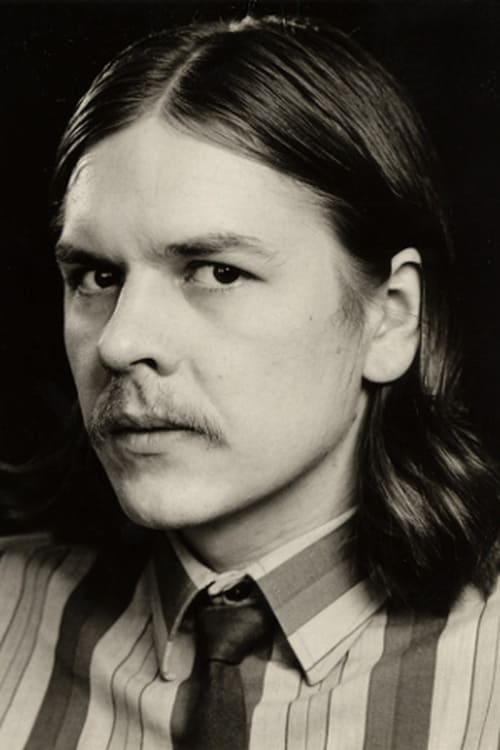Abbandono (1970)
Жанр :
Время выполнения : 32М
Директор : Werner Nekes
Краткое содержание
"...Nekes retreats behind his film. What is left is a double portrait, in which neither Dore 0. nor the grand landscape remain unchanged. The cold of the icy coastline - long shots of stones, snow and the sea - dwindles away before the image of Dore 0. Solitude is superflous, when the grandiose mountain meadow invites somersaults. ... In this case Nekes handles what he shows considerately. He releases the objects he portrays. He allows them to unfold. And so model and patterns actually serve another purpose: to let poetry grow, and energy and beauty and confidence nell'abbandono." (Dietrich Kuhlbrodt, Filmkritik, 9/1971).

A part of Werner Nekes' lyrical anthology DIWAN.

Diwan, a lyric anthology, an outdoor movie with people. With people living in the surrounding precious and very beautifully photographed nature, are neither more nor less than one part of it. What Nekes manages there with landscape, as a cunning and quote many fine artist in a medium that runs in time, as he defeated the time changed, by themselves for change of scenery uses, as it interferes with the laws of chronology through the rewind ability of the camera or destroyed, which is a compelling and highly aesthetic experimental company.

An attempt to transform a Roman Western into a Greek tragedy.

“The changing dots, ectoplasmic shapes and electronic music of L. Schwartz’s ‘Mutations’ which has been shot with the aid of computers and lasers, makes for an eye-catching view of the potentials of the new techniques.” – A. H. Weiler, N. Y. Times

"His films are like a roller-coaster. His way of throwing the act of seeing into utter confusion is an attack on the eyes in their corporeal function, and to attack the eyes is to take on tile body itself as your opponent. The film makes you break out in sweat only by shooting a safe, peaceful gymnasium in the dark." - Koharu Kisaragi

Film in Which There Appear... is a six-minute loop of the double-printed image of a "China girl" or "Shirley card", her image off-center, making visible the sprocket holes and edge lettering on the film. According to Land, within the loop, "no development in the dramatic or musical sense" occurs. Fred Camper described Film in Which There Appear... as "a kind of Duchampian found object, a [...] film that focuses attention on the medium and the viewer."

Duras narrates a short story while the camera travels through the streets of Paris with short interludes of solemn music.

Short documentary of David Lynch building a lamp.
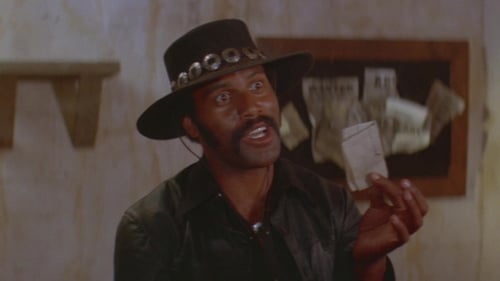
Два охотника за головами в поисках преступника прибывают в городишко без шерифа и берут на себя его полномочия против воли местных горожан.

В насквозь кибернетизированном будущем самый ценный товар - информация, доставляемая курьерами в самом надежном месте - в их собственном мозгу. Для того чтобы преуспеть в этом бизнесе, Джонни (Киану Ривз) «стер» воспоминания детства и расширил память с помощью сверхсовременных компьютерных приспособлений. Но и этого оказалось мало для информации, которую он взялся доставить. Если ее вовремя не «сгрузить», то Джонни погибнет. Ставки велики, и информацию из головы (можно и с головой, но без Джонни) желает заполучить вездесущая японская мафия, подключающая к столь тонкому делу Проповедника (Дольф Лундгрен). Спасаясь от преследования, Джонни преодолевает препятствия не только в реальном мире.
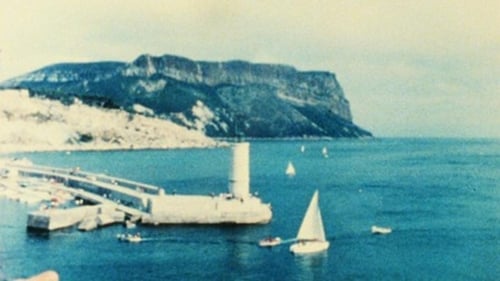
"I was visiting Jerome Hill. Jerome loved France, especially Provence. He spent all his summers in Cassis. My window overlooked the sea. I sat in my little room, reading or writing, and looked at the sea. I decided to place my Bolex exactly at the angle of light as what Signac saw from his studio which was just behind where I was staying, and film the view from morning till after sunset, frame by frame. One day of the Cassis port filmed in one shot." -JM

The action of the film is direct: Holt walks through the tall grasses of a swamp while filming with her Bolex camera, guided only by what she can see through the camera lens and by Smithson's verbal instructions. The viewer experiences the walk from Holt's point of view, seeing through her camera lens and hearing Smithson's spoken directions. Vision is obstructed and perception distorted as they stumble through the swamp grasses.

Viola's seminal piece, The Reflecting Pool, was made three decades ago on analogue video tape and yet could easily pass for a contemporary digital piece; in it, Viola emerges as central protagonist from a thick forest into a clearing filled by an artificial pool. As the noise of an aeroplane slowly passes and fades overhead, Viola approaches the edge of the pool, whereby he removes his shoes, squats down yelling and then prepares to make a powerful jump.

A compilation of over 30 years of private home movie footage shot by Lithuanian-American avant-garde director Jonas Mekas, assembled by Mekas "purely by chance", without concern for chronological order.
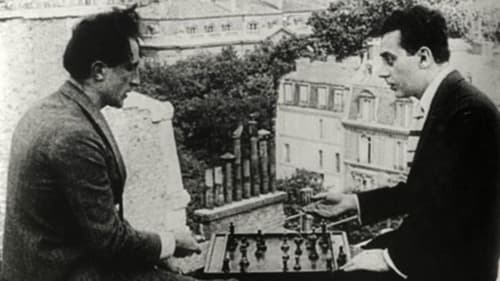
Фильм состоит из двух неравных частей. Первая из них, Пролог — короткая, чуть менее двух минут, проецировалась на экран во время исполнения увертюры балета Эрика Сати «Relâche» (в переводе «Спектакль отменяется» или чаще употребительное название «Антракт»). Вторая часть, Антракт — продолжительностью примерно 18 минут, показывалась в зрительном зале театра во время (или вместо) антракта между двумя актами того же балета. Эти две части, Пролог и Антракт, почти не связанные друг с другом ни по сюжету, ни по стилю, тем не менее в настоящее время соединены автором в один фильм «Антракт» и показываются вместе без перерыва, как единое целое.
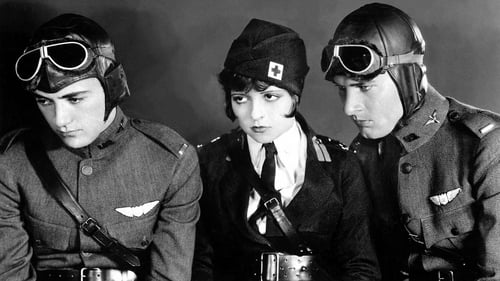
Два молодых человека Джек Пауэлл и Дэвид Армстронг из одного небольшого городка влюблены в Сильвию Льюис. Однако Сильвия отвечает взаимностью Дэвиду, а Джек не замечает влюбленную в него соседскую девчонку Мэри Престон. После вступления США в Первую Мировую войну юноши попадают в авиационный корпус и становятся не только асами, но и друзьями.
Стараясь быть ближе к Джеку, Мэри присоединяется к женскому механизированному корпусу, но война охватила большие расстояния и они почти не встречаются. Один единственный раз Мэри находит Джека в увольнении, но в таком виде, что он ее не узнает и встреча печально заканчивается для самой Мэри. Меж тем, между друзьями произошла размолвка, и они улетают в бой, не примирившись, что в итоге приводит к трагической развязке — это война…
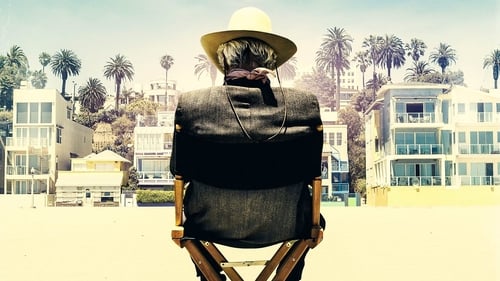
Когда-то Ли Хэйден был центром внимания прессы. Его имя размещалось на первых полосах газет, заполняло телевизионные и радио эфиры. Каждый хотел заполучить в свою студию легенду кинематографа в качестве гостя. Прошло более четырех десятков лет. Кинолента, давшая мужчине всемирную известность, позабыта. Но популярность осталась в прошлом и теперь «Герой» больше не надеется получить даже небольшую роль. Единственное, что помогает ему напомнить о себе – озвучивание рекламных роликов для телевидения. Личная жизнь Хэйдена тоже не отличается спокойствием. Ему уже семьдесят лет, но найти спутницу так и не смог. Одиночество скрашивает только взрослая дочь по имени Люси, которая старается избежать общения с отцом, причинившим ей много боли. В почти законченной карьере актера появляется уникальная возможность все исправить и уйти на пенсию с достоинством и уважением.

Ivan Ladislav hides a true chamber of wonders behind the clear, mathematically abstract structure of his films and videos, meticulously compiled rhythmically frame for frame, each work likewise presenting an analysis of the film medium. Concealed therein, culled from deep in the medium’s prehistory, are hermetic parallel universes in whose number ranges and symbolic spaces, Galeta’s precisely constructed film compositions find a formalist anchor.

A 2012 short-film, text by Theodore J. Kaczynski, made of scans of a document from an FBI Laboratory, about the danger of experiments with accelerated particles.

The first part (winter) of a seasonal study of the Hudson river in New York.

